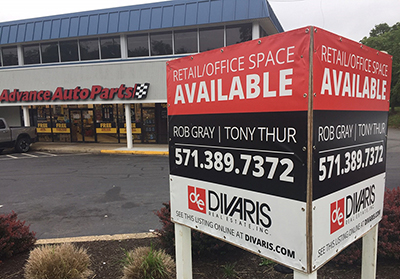
Retail Sales, Store Openings Could Boost Retail Property Loan Performance

Moody’s Investors Service, New York, said rebounding retail sales and new store openings should boost retail property loan performance.
The firm recently upgraded its one-year outlook for the performance of neighborhood, community and strip shopping centers, noting retail sales have “rebounded” to above pre-pandemic levels and positive net new store openings this year. “The continued recovery of consumer spending at neighborhood, community and strip shopping centers will extend support for retailers’ revenue and expansion plans, upholding credit quality for loans that underlie commercial mortgage-backed securities,” Moody’s said. “However, a still elevated level of delinquencies and anemic property price growth poses risk to deals.”
But retailers faces some challenges. Overall retail sector performance has improved since last year, but on Tuesday the Commerce Department reported retail sales fell more than 1 percent in July to $617.7 billion as consumers trimmed their spending. In addition, consumer sentiment currently stands at a 10-year low, the University of Michigan recently reported. The consumer sentiment reading fell from 81.2 in July to 70.2 this month.
“Even as COVID-19 variations threaten to disrupt some types of consumer spending, broad economic growth will aid retail sales for neighborhood, community and strip shopping center tenants, bolstering leasing demand and supporting CMBS loan performance,” Moody’s said. “Although the retail sector faces ongoing secular challenges, neighborhood, community and strip shopping centers, often located within densely populated suburban areas with anchor or grocery tenants that are strong customer draws, tend to have resilient performance to both pandemic effects and e-commerce disruption.”
Moody’s said space demand among neighborhood, community and strip shopping center retail tenants–especially those that provide services or food, discount, convenience and specialty goods–will exceed the inventory of available space at least through early next year, driving an improvement for this retail sub-sector from its prior fragility in 2020. Net absorption of neighborhood, community and strip shopping center space could reach 26 million square feet by year-end 2021, compared with negative 16 million square feet last year and positive 23 million square feet in 2019.
Additionally, Moody’s said space available on the market as a share of total inventory could drop well below 9 percent by early next year, compared with 9.4 percent at the pandemic’s peak. “Commensurately, our one-year outlook for retail sector performance, as represented by our Red-Yellow-Green scores, posted a record quarterly jump in first-quarter 2021,” Moody’s said.
